 |  |  |
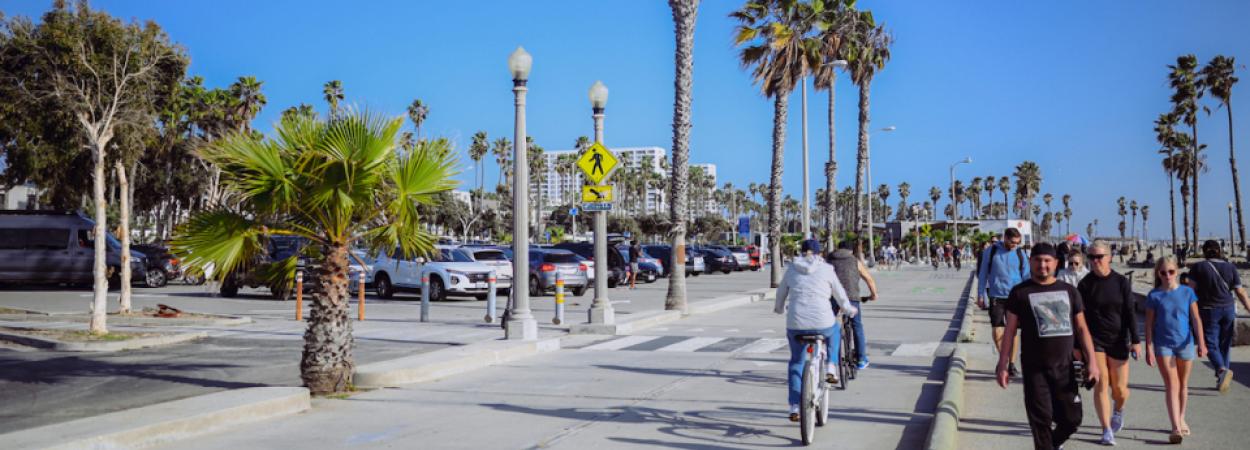
Knowing how many people use walking and bicycling infrastructure is crucial for transportation planning. Active transportation projects can help cities and states achieve multiple climate- and public-health-related targets, and a new project launching in 2024 can help further those goals: California is getting a statewide active transportation count database.
With help from Portland State University (PSU) researcher Sirisha Kothuri, the Safe Transportation Research and Education Center (SafeTREC) at the University of California, Berkeley is leading an effort to create a centralized data repository for the state.
Kothuri, a senior research associate in civil and environmental engineering at PSU, has led multiple research projects aimed at improving the accuracy and scope of nonmotorized data collection efforts. She has experience with using data fusion techniques to estimate bicycle volumes, leveraging crowdsourced data to derive pedestrian counts, and working with this d…
Read More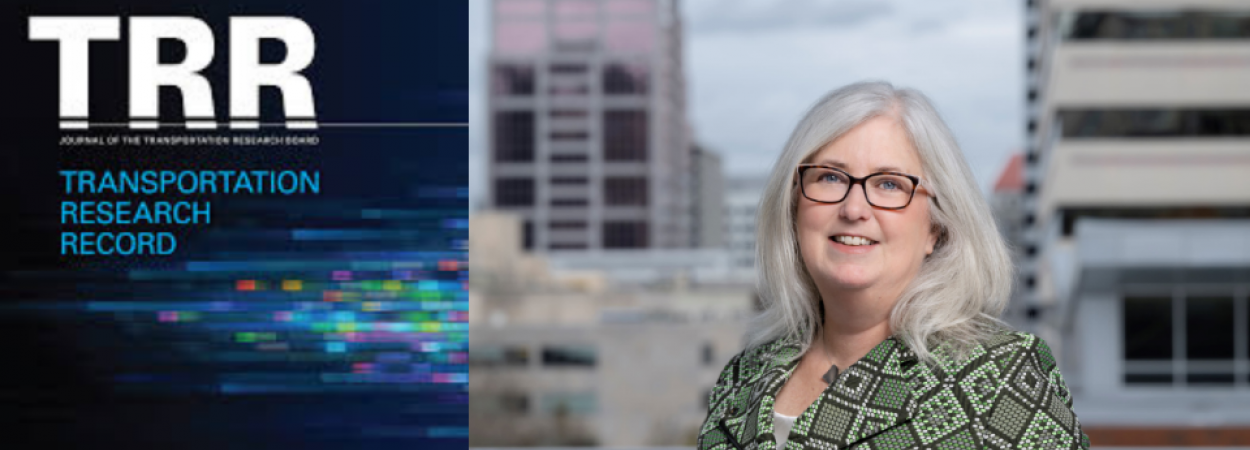
Jennifer Dill, director of Portland State University's Transportation Research and Education Center (TREC), has been named the inaugural editor-in-chief of the Transportation Research Record (TRR). The TRR—the flagship journal of the National Academies of Sciences, Engineering, and Medicine’s Transportation Research Board (TRB)—is one of the most cited and prolific transportation journals in the world, offering wide coverage of transportation-related topics.
While maintaining her current role as the director of TREC, Dill will begin her duties at TRR on July 15, collaborating with the TRR team and TRB volunteers to enhance the journal’s role in improving the nation's transportation system through high-quality research.
Read More"The Transportation Researc…
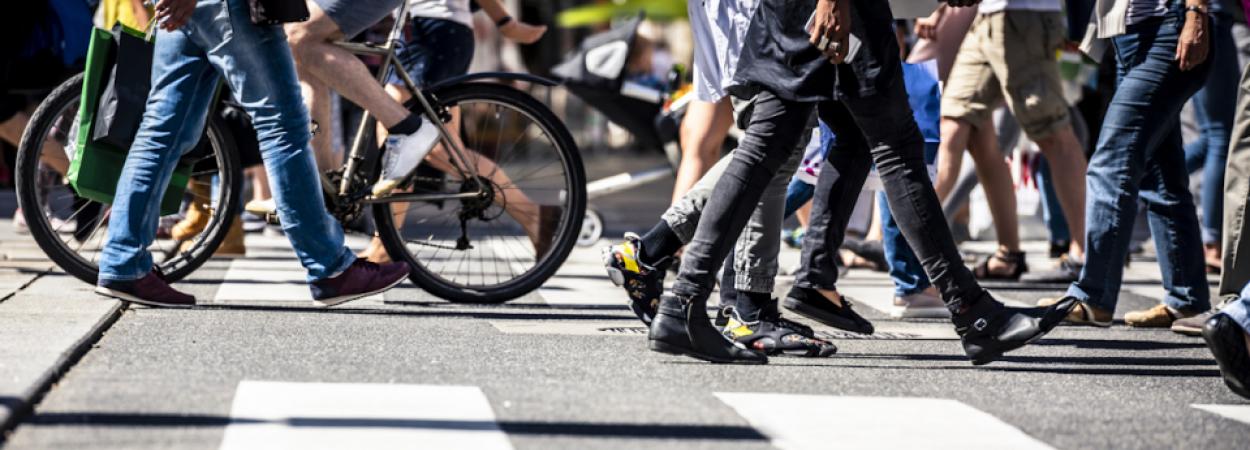
The need for improving active transportation safety and mobility is clear: Nationally, since 2004, the share of all road user deaths that are pedestrians has risen from just under 11% to nearly 17% in 2020. Cyclists’ share of all fatalities has also increased over the past decade, from 2.1% in 2011 to 2.4% in 2020.. In many cases, solutions are also clear: for example, there are numerous evidence-based approaches to making walking and bicycling safer and more comfortable through improved infrastructure. So if the needs and solutions are clear, why are we not progressing more quickly toward improved road safety and better active transportation options?
In many ways, walking, bicycling, and rolling have not been a top priority for state departments of transportation (DOTs). Changing agency practice is essential: DOTs need research to help them better implement active transportation effectively and seamlessly.
This is the objective of a newly launched project, funded by the…
Read More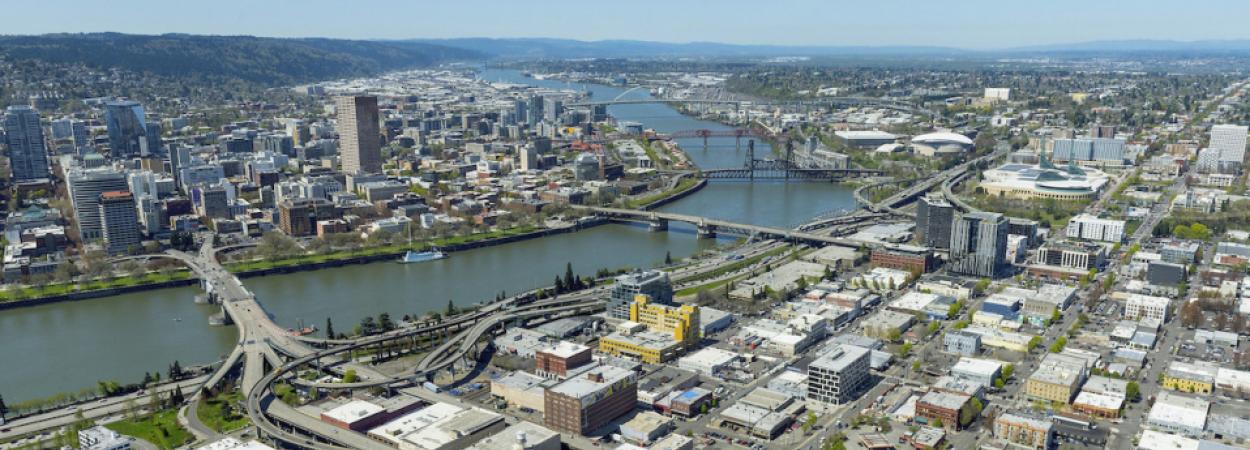
Transportation decision-makers typically use benefit-cost analysis (BCA) to evaluate the tradeoffs of transportation projects. However, it is difficult to produce state-specific measures that are multimodal and can consistently evaluate the full range of public and private benefits and costs for Oregonians.
Supported by a $200,000 grant from the Oregon Department of Transportation (ODOT), Jenny Liu of Portland State University will lead a research effort to develop an Oregon-specific, multimodal framework for transportation benefit-cost analysis.
Having a framework specifically tailored to Oregon can help ODOT make informed decisions on infrastructure, policies and support programs based on information about the economic and societal impacts of each transportation mode.
Launched in May 2024, the project, "Mode-Based Benefit-Cost Analysis Calculator" aims to create an easy-to-update Oregon BCA framework to com…
Read More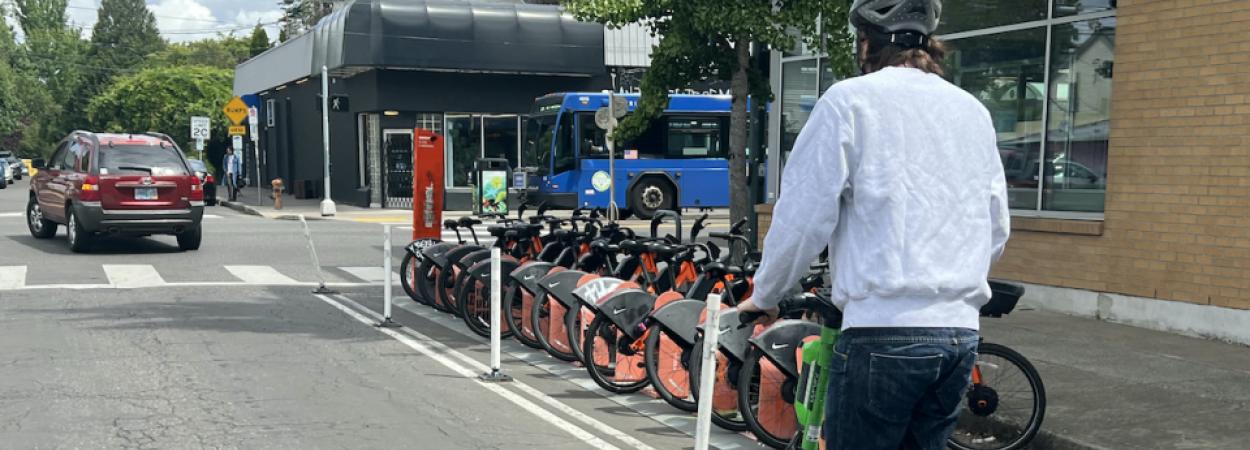
Shared micromobility (including shared electric scooters and bikes provided by private companies) is one of the newest transportation options that has come to cities in the last several decades. A new report explores the different ways cities charge shared micromobility companies to operate, and how these funds are used.
In the newly released report, John MacArthur of Portland State University, Kevin Fang of Sonoma State University and Calvin Thigpen of Lime examine data from 120 cities in 16 countries around the world. They also conducted a survey of cities’ shared micromobility program managers, with responses representing 33 jurisdictions in North America.
Download the report: "Taxing shared micromobility: assessing the global landscape of fees and taxes and their implications for cities, riders, and operators (PDF)"
"This study builds our understa…
Read More